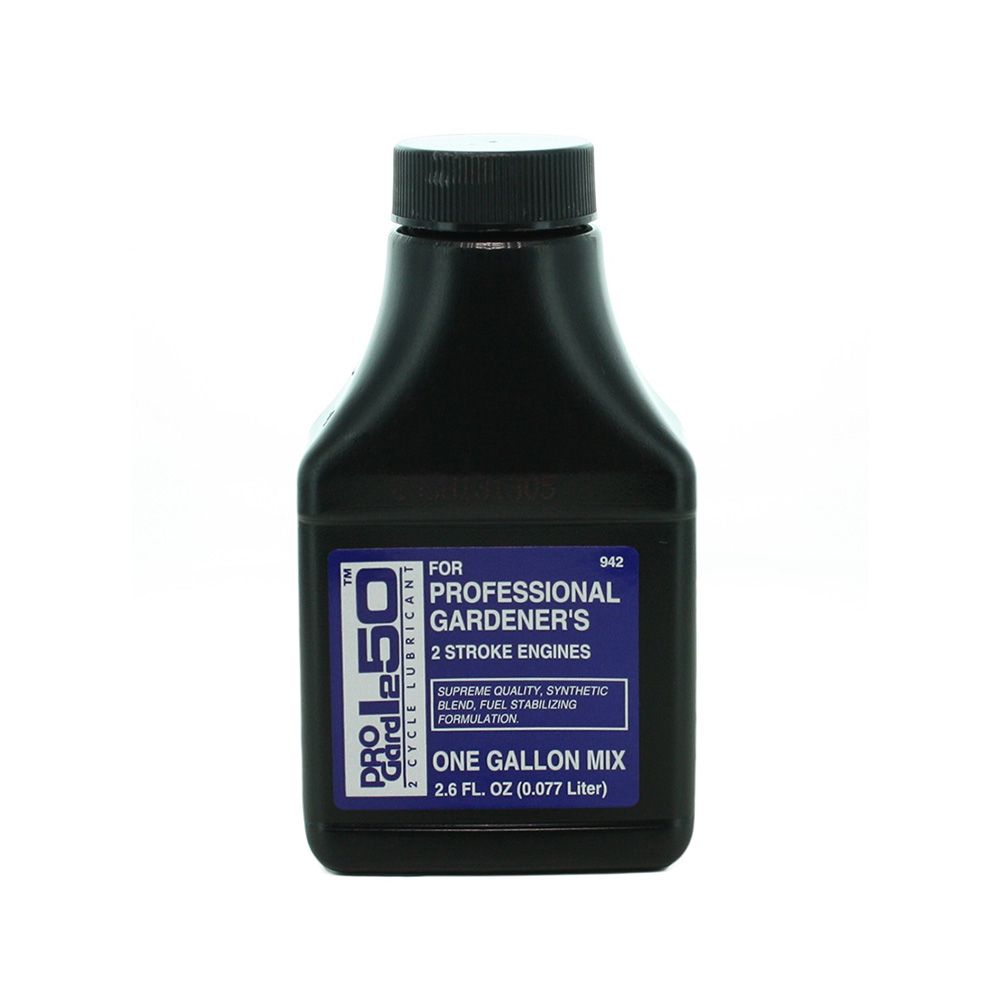A Guide On How To Check Your Sprinkler System
This article is a springtime sprinkler system start-up checklist. If you have a home sprinkler system then you know it must be maintained in order to remain dependable and functional when you need it. That means taking proper precautions in the winter to prepare the system for the pending freezing temperatures and conditions. Similarly, when it comes spring time, the sprinkler system needs to be taken through a series of procedures to ensure that it is a ready to begin watering again and also to ensure that it’s ready and able to function properly throughout the upcoming season.
Depending on the part of the country where you live, you may (or may not) have to fully winterize your system each year. This checklist will take your through all the steps necessary to perform a thorough and complete startup process.
Springtime Sprinkler Start-up Checklist
1. Make Sure It’s Safe To Start:
- You don’t want to start your system up too early. Early starts lead to damaged pipes and or backflow preventers.
- Check your local weather forecast to ensure there is not going to be any more freezing temperatures or consult this chart for a regional guideline on frost.
2. Inspect Backflow Preventer:
- Locate your backflow preventer and inspect it thoroughly for damage (i.e. cracks, splits, leaks, etc.) before introducing water into the system.
- Winter can be especially rough on irrigation equipment, freezing water expands and can crack pipes, valves and even backflow preventers.
- In the northern areas of the country, it’s a common practice to winterize sprinkler systems by “blowing out” the remaining water from the lines, using high-volume, low-pressure compressed air.
3. Visually Inspect Sprinkler Heads:
- Look for damage in and around sprinkler heads throughout the system. Remove any debris, dirt, gravel or vegetation that’s collected on or around sprinkler heads.
- If you have rotor style sprinkler heads, it’s best to remove the nozzle from each rotor to clean out any debris which may have collected. If any nozzles are missing or damaged, be sure to replace them with an appropriate replacement part.
4. Create A Flush Point:
- Remove last sprinkler head at the end of each zone to provide an escape for any unwanted debris which have collected over past season(s) to escape freely.
- It will also eliminate the risk of over pressurization and water hammer effect as the air which currently fills the pipes is replaced by water.
5. Visually And Physically Inspect Valves:
- Locate the valve box(es) for your system and carefully inspect the valve assemblies for damage and/or leaks.
6. Visually Inspect The Controller:
- Most controllers are located inside a garage or shed. Carefully inspect the controller, looking for any damage. (Replace the batteries if necessary.)
- Turn controller on and confirm the buttons are functioning properly and the controller is functional. Set the correct time on the controller.
7. Prepare The Backflow Preventer For Mainline Turn On:
- The handles on the backflow preventer should have been set to a 45-degree angle from the winterization process.
- Open the handles to allow for water flow by aligning the handles parallel with the pipe they are attached to.
- Locate the test-ports on the backflow preventer.
- Turn the screw located on the side of the test-port from the 45° position and turn it slightly back to the 90° (up and down) position.
8. Locate The Main Water Turn On:
- Often found in the basement or crawlspace of the structures foundation.
- Turn on the water slowly (take at least 30-seconds to move the handle from closed to open.
- Check Pressure coming through backflow preventer to the valves (should be around 45-60 psi ideally)
9. Inspect Mainline, Master Valve And Backflow Preventer:
- With water in the pipes, visually inspect the system for leaks or damage not previously visible. (I.E. wet spots or puddles, misting, spraying etc.)
10. Manually Open Each Valve And Flush Each Zone:
- With water in the system open up each zone manually by turning the solenoid on top of the valve very slowly, once you hear water begin to flow stop turning.
- Allow enough time for the system to flush.
- Ensure that water is coming out through the flush point you created in step 4.
- Close the solenoid by hand. And repeat for all zones.
11. Close All The Flush Points:
- Replace the end-caps and/or rotors at the end of each zone.
12. Check Controller Function:
- Cycle through each zone one at a time using the controller to open and close the zone.
- Leave each zone on long enough for you to go walk around the zone and ensure the sprinklers are working properly .
13. Adjust The Watering Schedule For The Early Spring/ Summer Season:
- Reset the controller to accommodate the needs of your lawn based on the season.
14. Uncover And Adjust Rain Sensors Or Other Accessories:
- If your controller is equipped with a weather sensor or rain collector uncover it and ensure it’s clean and unobstructed.






























